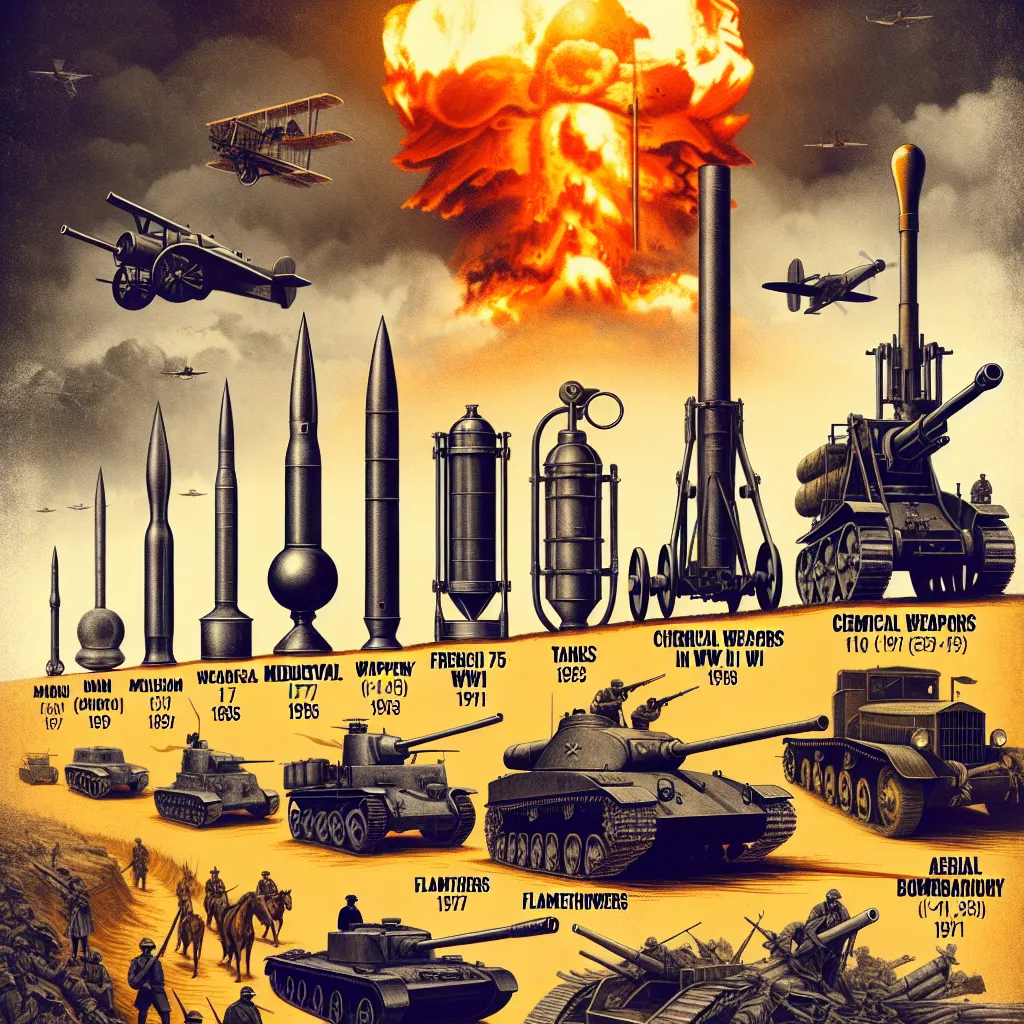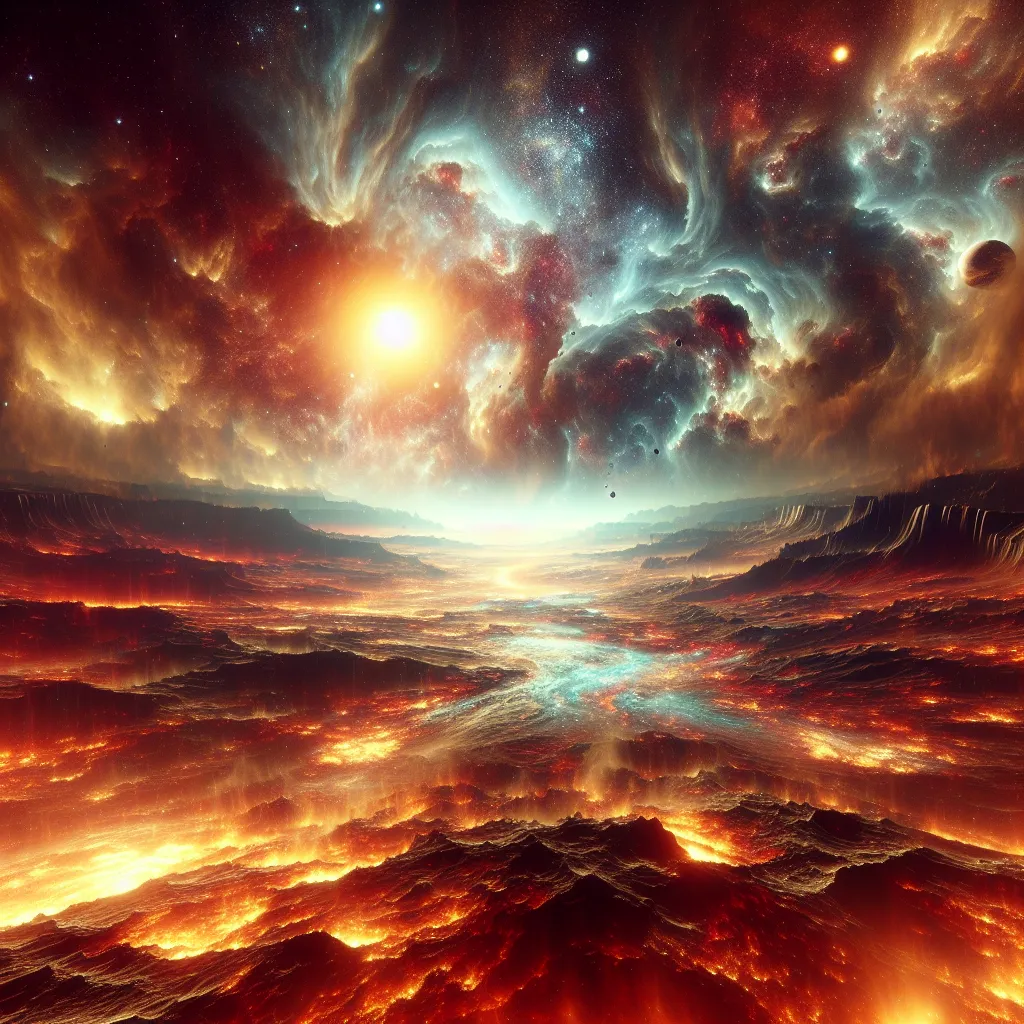As I delve into the realm of physics and mathematics, I find myself confronted with a series of mind-bending paradoxes that challenge our understanding of the universe and its underlying laws. These paradoxes are not mere intellectual curiosities but rather profound puzzles that have captivated scientists and philosophers for centuries.
Let’s begin with one of the most famous paradoxes in quantum mechanics: Schrödinger’s cat. This thought experiment, devised by Erwin Schrödinger in 1935, is a stark illustration of the strange implications of quantum theory. Imagine a sealed box containing a cat, a radioactive atom, a Geiger counter, a vial of poison, and a hammer. If the Geiger counter detects radiation, the hammer breaks the vial, releasing the poison and killing the cat. According to quantum mechanics, the radioactive atom is in a superposition of states—both decayed and not decayed—until observed. This means the cat is also in a superposition of states: both dead and alive.
“As I sat there, I could feel the weight of the paradox settling in,” I recall thinking. “How could a cat be both dead and alive at the same time? It defies our intuitive understanding of reality.” This paradox highlights the bizarre nature of quantum superposition and the role of observation in collapsing the wave function.
Moving from the microscopic to the cosmic, we encounter Olbers’ paradox, a question that has puzzled astronomers for centuries. Why is the night sky dark if the universe is infinite and filled with stars? If every line of sight from Earth should eventually end on the surface of a star, the night sky should be as bright as the surface of the Sun. However, this is not what we observe.
“The universe is not only stranger than we think, it is stranger than we can think,” as Albert Einstein once said. Olbers’ paradox suggests that our assumptions about the universe’s age, size, and the distribution of stars might be flawed. One resolution proposed by Edgar Allan Poe is that the universe is not old enough for light from distant stars to have reached us. This perspective underscores the finite speed of light and the vast scales of cosmic time.
Next, we venture into the realm of mathematics with the Banach-Tarski paradox. This paradox states that a sphere can be divided into a finite number of non-overlapping pieces and then reassembled into two spheres, each the same size as the original. This seems to defy our basic understanding of volume and space.
“How can something be broken into pieces and then reassembled into two identical copies of itself?” I ask, still grappling with the implications. This paradox challenges our intuitive understanding of geometry and highlights the strange properties of infinite sets.
In the realm of thermodynamics, Maxwell’s demon presents another intriguing paradox. This thought experiment, proposed by James Clerk Maxwell, involves a tiny demon that can sort molecules in a gas into different containers based on their speed. This sorting process appears to decrease the entropy of the gas, seemingly violating the second law of thermodynamics.
“Can a tiny demon really defy the fundamental laws of thermodynamics?” I ponder. The resolution to this paradox lies in the information theory and the energy required for the demon to perform its sorting task. It underscores the intricate relationship between entropy, information, and energy.
The Fermi paradox, a question posed by physicist Enrico Fermi, asks, “Where is everybody?” Given the vast number of potentially habitable planets in the universe, we should expect to see some sign of extraterrestrial life. Yet, we remain alone in the silence of space.
“The universe is a pretty big place. If it’s just us, seems like an awful waste of space,” as Carl Sagan once mused. The Fermi paradox raises questions about the probability of life arising elsewhere, the longevity of civilizations, and our own place in the universe.
Finally, we come to the Einstein-Podolsky-Rosen (EPR) paradox, a challenge to the principles of quantum mechanics. In 1935, Albert Einstein, Boris Podolsky, and Nathan Rosen proposed a thought experiment involving two particles that are entangled in such a way that the state of one particle is instantly affected by the state of the other, regardless of the distance between them.
“This phenomenon of quantum entanglement is ‘spooky action at a distance,’” Einstein described it. The EPR paradox questions whether quantum mechanics is a complete theory and whether it allows for instantaneous communication across vast distances. This paradox has led to significant research in quantum mechanics and our understanding of reality.
As I reflect on these paradoxes, I am reminded of the complexity and beauty of the universe. They challenge our understanding, push the boundaries of our knowledge, and invite us to think critically about the fundamental laws that govern reality.
“So, what do these paradoxes tell us?” I ask myself. They tell us that our current understanding is incomplete, that there are still many mysteries waiting to be unraveled. They encourage us to question, to seek answers, and to continue exploring the vast expanse of human knowledge.
In the end, these paradoxes are not just intellectual puzzles but gateways to new discoveries and deeper insights into the nature of the universe. As we continue to grapple with these mind-bending conundrums, we are reminded that the journey of scientific inquiry is as fascinating as the truths it uncovers.






